On decorated eggs, slow juicing, moose migrations and a film
#1: Reflections on the art of slow living
Welcome to the first of my quarterly reflections on all things slow.
There are some lofty definitions of ‘slow living’ out there, but essentially, I like to think about it as inviting unrushed time into my daily life. But just to be clear from the start, The Slow Drift is not a moralistic account of how I have mastered this art. When it comes to pacing my life, I am very much a work in progress.
But the world spins so quickly. We could all do with more pause and peace. And so my aim is simple: to share with you some ideas and reflections on slowing down. I will post these every January, April, July and October, just as we’re settling into each season.
It’s taken me years to get to know the Scottish seasons, and I like celebrating them. As my family isn’t a religious one, dates on the calendar (Easter, Christmas, Halloween) have become less about mainstream stories and more about nature and remembering our roots. My children get a well-travelled mango in the heel of their festive stocking, because I was born in Zambia and what is Winter here will forever be, for me, the season of thunderstorms and mangoes. And at Easter time we have two egg-themed traditions. Nodding to my husband’s Greek origins, we play a game with eggs dyed red (κόκκινα αυγά, or kokkina avga). And honouring Pagan tradition, we decorate brown eggs and roll them down the hill behind our house. Over the years, we’ve had some crackers, but I was especially proud of my creation this month.
What I love about the egg-decorating activity is that it SLOWS THE DAY DOWN. Amid the sugar-rush of chocolate-coated fun, the hosting or attending brunch, afternoon tea or Sunday roast, and the inevitable hunt for missing belts or car keys, it seems impossible that there would be time to sit and decorate an egg. Egg decoration is not something one does on the fly. You need a clear vision and a clear kitchen table. Improvising from the odds-and-ends box requires a creative mindset. Which in turn necessitates a pot of tea, more chocolate, and time. My husband annually rushes his egg (usually, to be fair, being occupied dressing a leg of lamb) and the result of his haste is easy to spot: a less impressive egg.
Decorating eggs might not be your basket. But in the mayhem of a festive day, especially if prayers and church are not on the cards, finding something that purposefully slows everyone down can bring a little magic – and a lot of memories.
As well as to show off photographs of my mediocre homecraft, there’s another, deeply personal reason for The Slow Drift project.
This January I received a life-changing diagnosis of a rare and aggressive form of breast cancer. Suddenly, I need to slow down. While strong medicine (for which I am desperately grateful) has forced a change of pace, it is to a sluggish, unproductive sort of slow. (Mindfulness isn’t so fun when you’re only mindful of how ill you feel.) The pace I’m aiming for has a healthy heartbeat, while at the same time avoiding all those stress hormones that come from rushing and cramming and battling with my own general state of disorganisation.
Despite this, I am finding – as others in similarly drastic circumstances might? – that slowing down is difficult to do. On top of the usual things in any given day, there are new appointments to keep and logistics to sort out. And on top of those, it feels like there’s more to achieve now than ever, more people to see and please, more love to give, more life to live. But, as a friend of mine said, such industriousness takes energy, and energy is not something chemo patients have in abundance. And so, while I hope these notes entertain and enlighten you on the ways of slow being, I hope too that writing them will help me in my own goal of drifting into a gentler life.
Of the many wonderful gifts I have been given following this year’s change of circumstance, one has helped immeasurably with my desire to slow. It’s the loan of a slow juicer. If I promise not to be an evangelical nut about slow living, please forgive me for being one about slow juicing. Think of the pricey juice in the shops – the cold-pressed stuff with exotic ingredients. Well, my borrowed juicer makes juice like that. Dare I admit, I am even now the owner of a packet of organic spirulina powder?
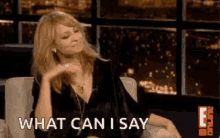
But enough pantry boasting. Here are some of the many benefits of slow juicing:
· More Nutrition The process does not involve spinning (which heats up the produce and damages precious micronutrients). Your juice is especially good for you.
· Less Waste You can use up fruit or vegetables that might otherwise look a bit unappealing, and you can use the leftover pulp in soups, stews and sauces.
· Low Fibre Some juicers allow you to set how much to press. This is very good for those experiencing a condition or treatment where too much fibre is a thing.
· Slow Down The brand I have sells itself as providing a ‘daily wellness ritual’ and I won’t disagree. From deciding (and tweaking!) the recipe, prepping the fruit and veg, making the juice and rinsing out the juicer, making juice is not something you can hurry.
And here is one of my favourite recipes so far (note: beetroots are excellent for lowering blood pressure, if that’s something that will help you slow down). Feed some of each ingredient alternately into your juicer and serve! (In the next post I will make sure to include a smoothie/shake recipe alternative for those of you with blenders - what you lose in micronutrients, you will gain in fibre, and the whole process can still be an act of mindfulness.)
I was all set to segue seamlessly from juice making to the incredible empathetic capacity of elephants (I know!), but instead I am going to put that topic on hold and stumble awkwardly into the calming power of the moose.
In case you missed this particular joy, there is still one week to catch the annual Great Moose Migration (or Great Elk Trek, as it’s also known). Live cameras set up by Swedish broadcasters SVT show the often elegant and sometimes mesmerizing movements of these unsuspecting ungulates as they splash into ice-cold waters or trip-trop through forests. Be prepared to stare at empty ponds or carcass-eating corvids for minutes on end, but don’t despair - spotting a moose brings high reward. I even realised my dream as a wildlife photographer by taking screenshots of these beautiful - and beautifully slow - creatures.
‘Slow television’ is new to me, but apparently it started with Andy Warhol and his 1964 film, Sleep. And there’s a lot more of it – so if on-screen animal stalking doesn’t appeal, perhaps a log fire burning in real time will?
Or you could indulge in a slow film? A recent one we enjoyed as a family was also set in the north – Master Cheng is a Finnish film directed by Mika Kaurismäki. Beautifully paced and heartwarming, it is the story of a Chinese chef in a remote outpost. It also features elk, but on the menu. I do recommend watching both this and the migration. In fact, I urge you to sit a while and do just that – if neither invites some unrushed time into your day, I don’t know what will.
Thank you for indulging me. Next month’s post will be my (far more erudite) Edge of the Herd article, but I’ll be back on the topic of slow things in July. Until then, please feel free to comment and do please consider subscribing!




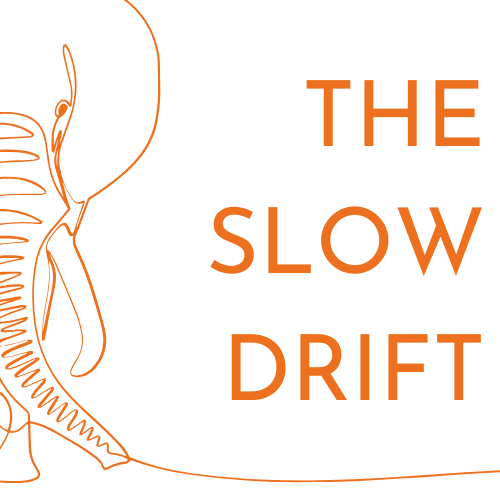

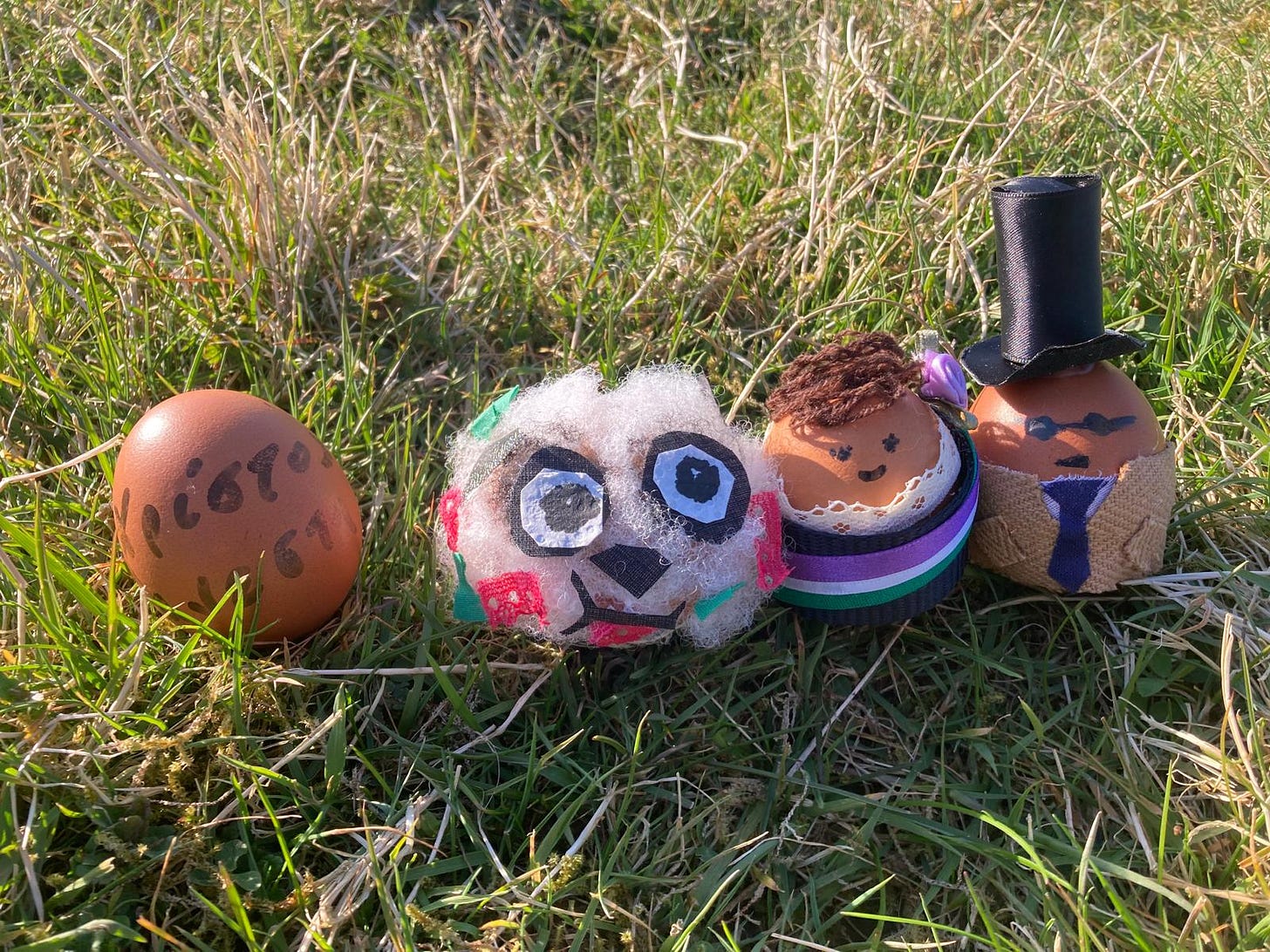

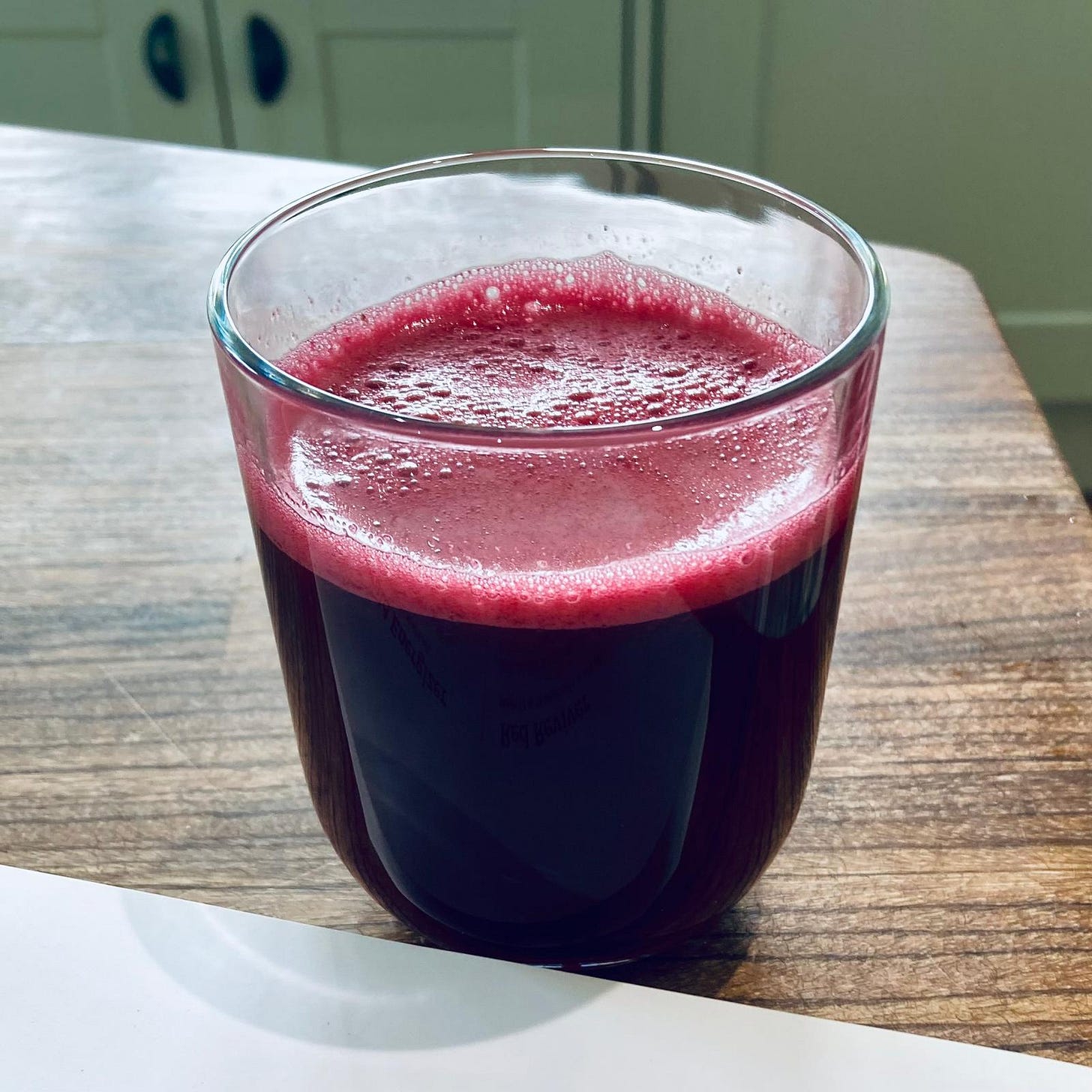
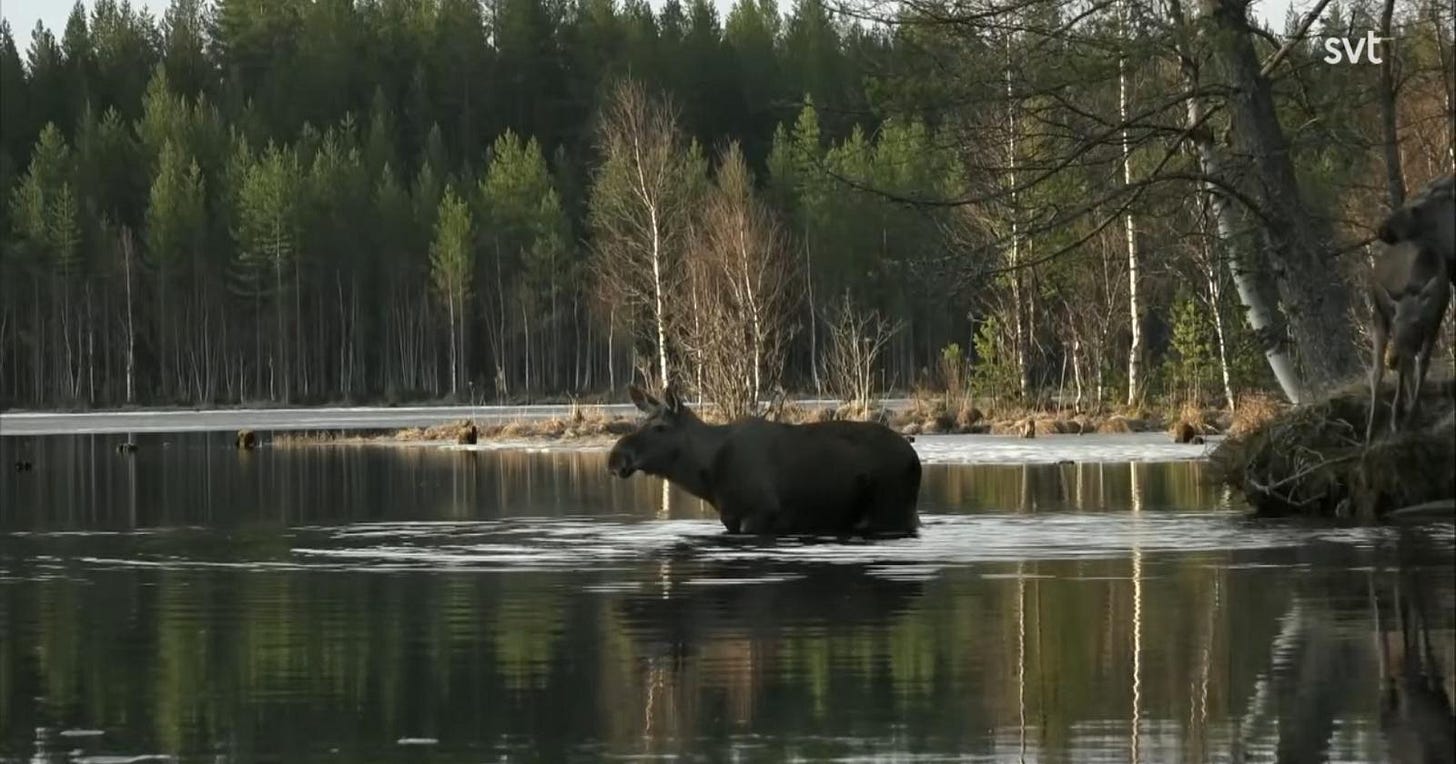
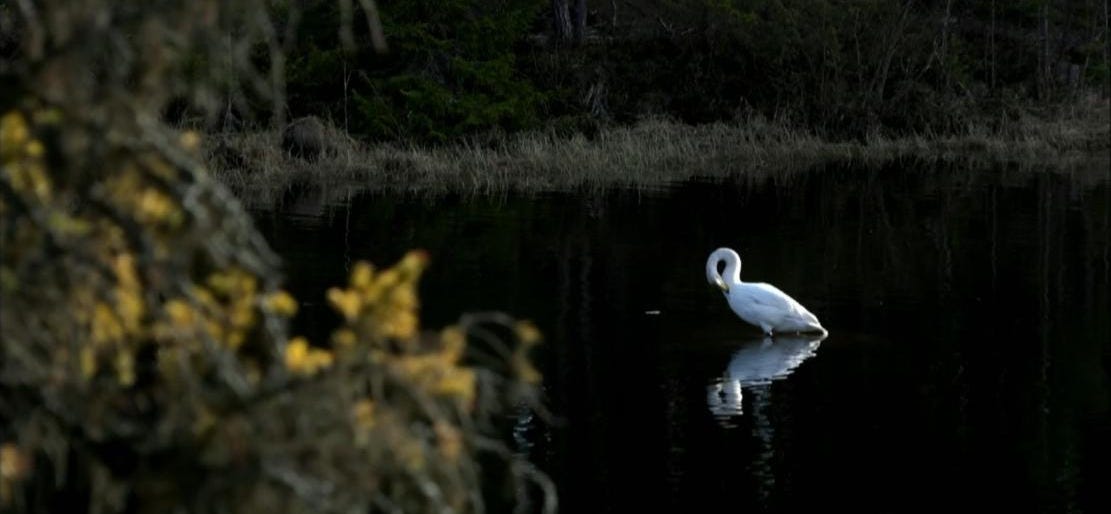
Wishing you well, Joan. Only thing I rush these days is my writing and I am getting slower at that. I was in Norway once, working in the forest and far from everything. Life was slow then and one day I was sitting by the fjord and a moose came plodding by… it was huge and slow and amazing xxx
Thank you for this gift of your words, Joan. They are just what I needed today. I have different health issues from yours but the same kinds of challenges calling for reappraisal of one’s life goals and values.